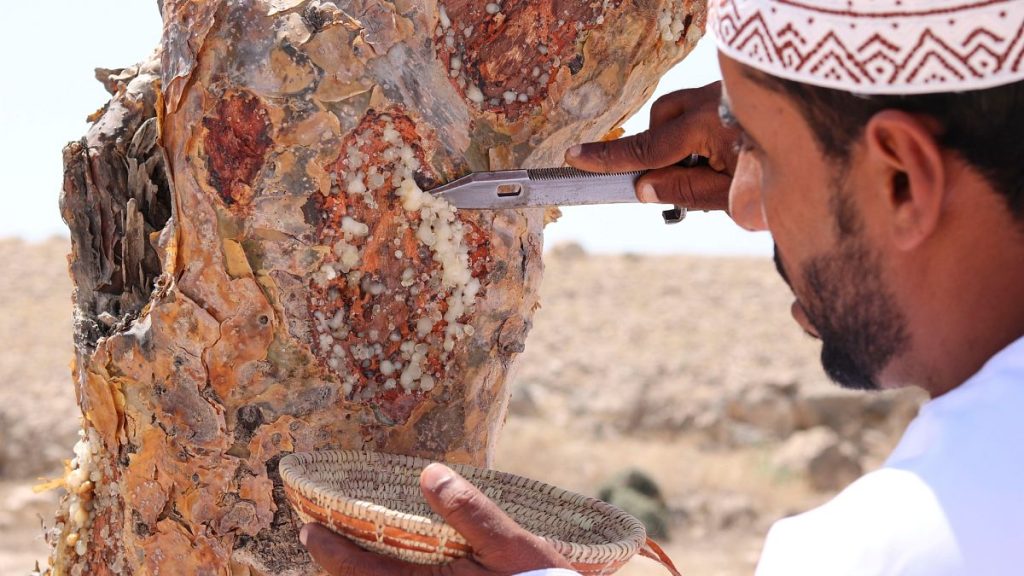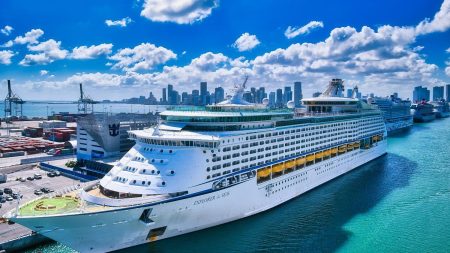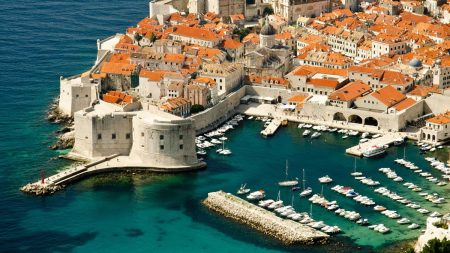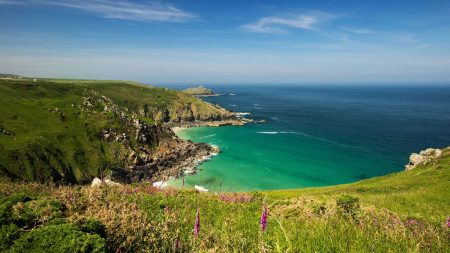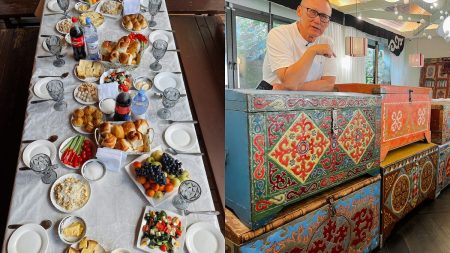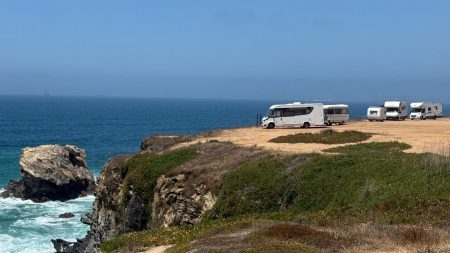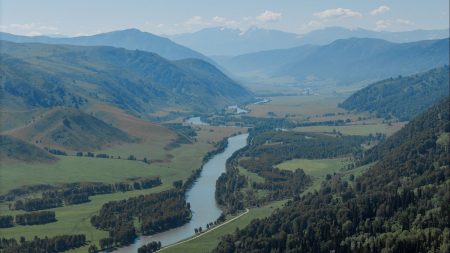Frankincense, a fragrant resin derived from the Boswellia sacra tree, is deeply entwined with the cultural and historical tapestry of Oman, particularly the southern Dhofar region and its capital, Salalah. While its mention often evokes the biblical narrative of the Three Wise Men, frankincense possesses a significance that extends far beyond its Christmastime association. In Salalah, the “perfume capital of Arabia,” the aroma of luban, as it’s locally known, permeates the air, from the airport’s subtly scented hand lotions and diffusers to the ornate frankincense trees adorning hotel lobbies and the lingering fragrance in spa treatments. This ubiquitous presence underscores frankincense’s integral role in Omani life.
Oman’s frankincense heritage is not merely olfactory; it’s deeply rooted in the land itself. The UNESCO World Heritage sites of Khor Rori (Sumhuram), an ancient port city, and Wadi Dawkah, a natural habitat for Boswellia sacra trees, testify to the resin’s historical importance. Khor Rori’s archaeological excavations have unearthed incense burners still bearing traces of frankincense, echoing its continued use in religious ceremonies across various faiths. Wadi Dawkah, while facing challenges from climate change and overharvesting, remains a vital site, with the Omani government and companies like Amouage partnering to ensure sustainable harvesting practices and the preservation of these ancient trees. These initiatives aim to safeguard not only the trees but also the cultural legacy associated with them.
The intricate process of harvesting frankincense is a testament to time-honored traditions. It involves carefully scoring the tree bark to release the sap, a process repeated to obtain a second, higher-quality resin that eventually crystallizes. This labor-intensive method is carried out by hand, emphasizing the care and respect for the resource. Within specialized workshops, the harvested resin is further processed, transforming into essential oils, hydrosols, soaps, and powders. These products find applications in various industries, from perfumery and cosmetics to traditional medicine and culinary practices.
The versatility of frankincense extends to its diverse applications within Omani society. Beyond its use in perfumes and incense, it holds a revered place in traditional medicine and culinary traditions. Omani chef Dina Macki highlights its purported health benefits, including improved digestion and skin clarity, and its traditional use as a purifying agent. Its inclusion in Omani cuisine ranges from flavoring desserts and drinks to subtly enhancing meat and fish dishes. The emergence of frankincense-flavored ice cream exemplifies its ongoing adaptation to modern palates. These varied uses underline frankincense’s enduring relevance in contemporary Omani life.
The scientific community is increasingly exploring the potential medicinal properties of frankincense, echoing its long-standing use in traditional Omani remedies. Research conducted by Omani universities, as shared by Luban Dhofar’s general director, Amer Mohammed Alameri, is investigating its efficacy in combating infections and diseases. This scientific validation, coupled with anecdotal evidence from generations of Omani users, suggests a promising future for frankincense in modern medicine. A deeper understanding of its properties could unlock new therapeutic applications, further enhancing its value beyond its traditional uses.
Oman’s frankincense story is not merely a historical account; it’s a vibrant narrative of cultural preservation and sustainable practices. The efforts to protect Wadi Dawkah’s Boswellia sacra trees and the integration of frankincense into contemporary products demonstrate a commitment to honoring its legacy. From the fragrant air of Salalah to the carefully harvested resin and its diverse applications, frankincense represents a tangible link to Oman’s rich past, present, and future. The ongoing research into its medicinal potential further adds to its enduring value, solidifying its position as more than just a fragrant resin – a testament to Oman’s heritage and a symbol of its enduring connection to the natural world.




